Using a Coach Approach With Remote Monitoring
Presented by Hélène Thériault
12-Month Subscription
Unlimited access to:
- Thousands of CE Courses
- Patient Education
- Home Exercise Program
- And more
As remote care becomes more embedded in clinical practice, healthcare providers must find new ways to foster meaningful, motivating connections with clients—even when they’re not face-to-face. Using a Coach Approach With Remote Monitoring is a stand-alone course that can be taken before or after completing the Dive Into a Coach Approach® 1.0 | Core Fundamentals course series. This course equips clinicians with practical strategies to apply core coaching principles in asynchronous, verbal, and video-based communication. Through a blend of theory, messaging examples, and coaching demonstrations, learners explore how to preserve empathy, support autonomy, and enhance follow-through in remote care. The course highlights common engagement barriers and offers concrete solutions to reframe messages, evoke insight, and reinforce personal agency. Applicable across settings and specialties, this course helps athletic trainers, occupational therapists, physical therapists, and speech-language pathologists transform remote monitoring from transactional check-ins into meaningful coaching moments.
Learning Objectives
- Define asynchronous messaging and its role in patient engagement
- Identify coaching principles that enhance text-based interactions
- Translate a Coach Approach to common asynchronous patient communication scenarios
- Identify coaching elements that enhance engagement in verbal and video messages
- Apply a coaching framework to structure a coaching-informed verbal or video message
- Recognize common barriers to patient engagement in remote coaching
- Adapt coaching techniques to troubleshoot low engagement and motivation
- Interpret your own remote interactions to enhance effectiveness
Meet your instructor

Hélène Thériault
Hélène brings more than two decades of experience in the medical field to her role as a master certified coach (MCC). Witnessing the toll of burnout firsthand, she discovered the power of the Coach Approach in her practice, benefiting both her patients’ recovery and her own well-being. Drawing on her expertise in…
Chapters & learning objectives
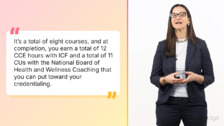
1. Coaching in Asynchronous Messaging
This chapter explores how to bring coaching techniques—such as powerful questions, strengths-based language, and autonomy-supporting prompts—into text-based interactions. Learners will review examples of tone-shifting responses and learn how to reframe typical messages to evoke curiosity, reflection, and client-led problem-solving.
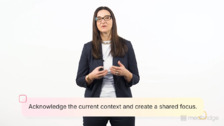
2. Coaching Through Verbal and Video Messages
In this chapter, learners apply coaching strategies to voice and video communication, where tone, pacing, eye contact, and presence all influence impact. Using real-world scenarios, the chapter demonstrates how to structure audio and video messages that maintain clarity, build trust, and invite collaboration—even without live dialogue.

3. Overcoming Engagement Barriers in Remote Coaching
This chapter identifies common challenges that lead to client disengagement in remote care—such as misalignment with values, overwhelm, or a perceived lack of progress. Learners are guided through coaching-informed techniques such as reframing, observation, and microgoal setting to reengage clients and promote sustained action.
More courses in this series
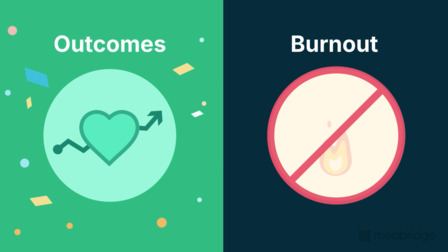
Coaching Fundamentals in Healthcare
Hélène Thériault

Building Clarity: Defining the Coaching Process
Hélène Thériault

Listening and Mindset: Applying the Foundations
Hélène Thériault

Diving Deeper: Understanding the Client’s Perspective
Hélène Thériault

Exploration in Action: Guiding Clients Toward Solutions
Hélène Thériault

Summing Up and Taking Action
Hélène Thériault
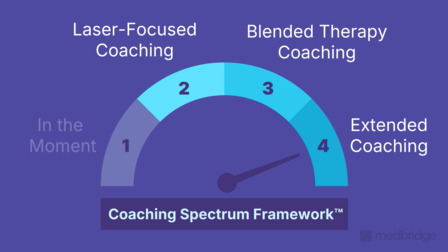
Bringing It All Together: Coaching Framework and Application
Hélène Thériault
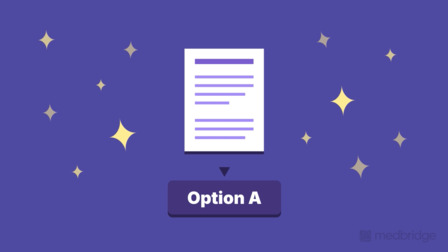
Laser-Focused Coaching
Hélène Thériault
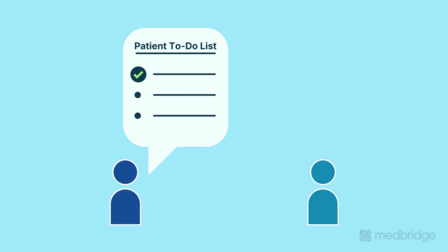
Using a Coach Approach With Remote Monitoring
Hélène Thériault